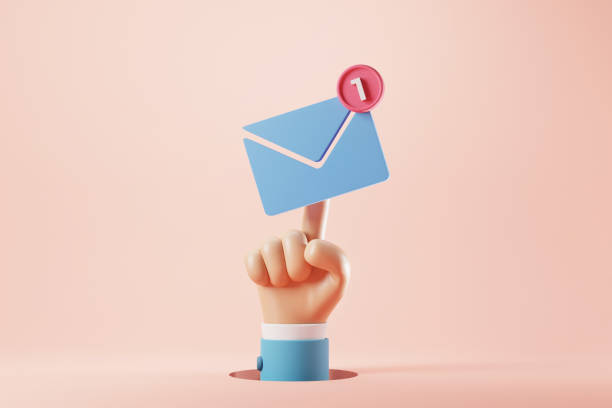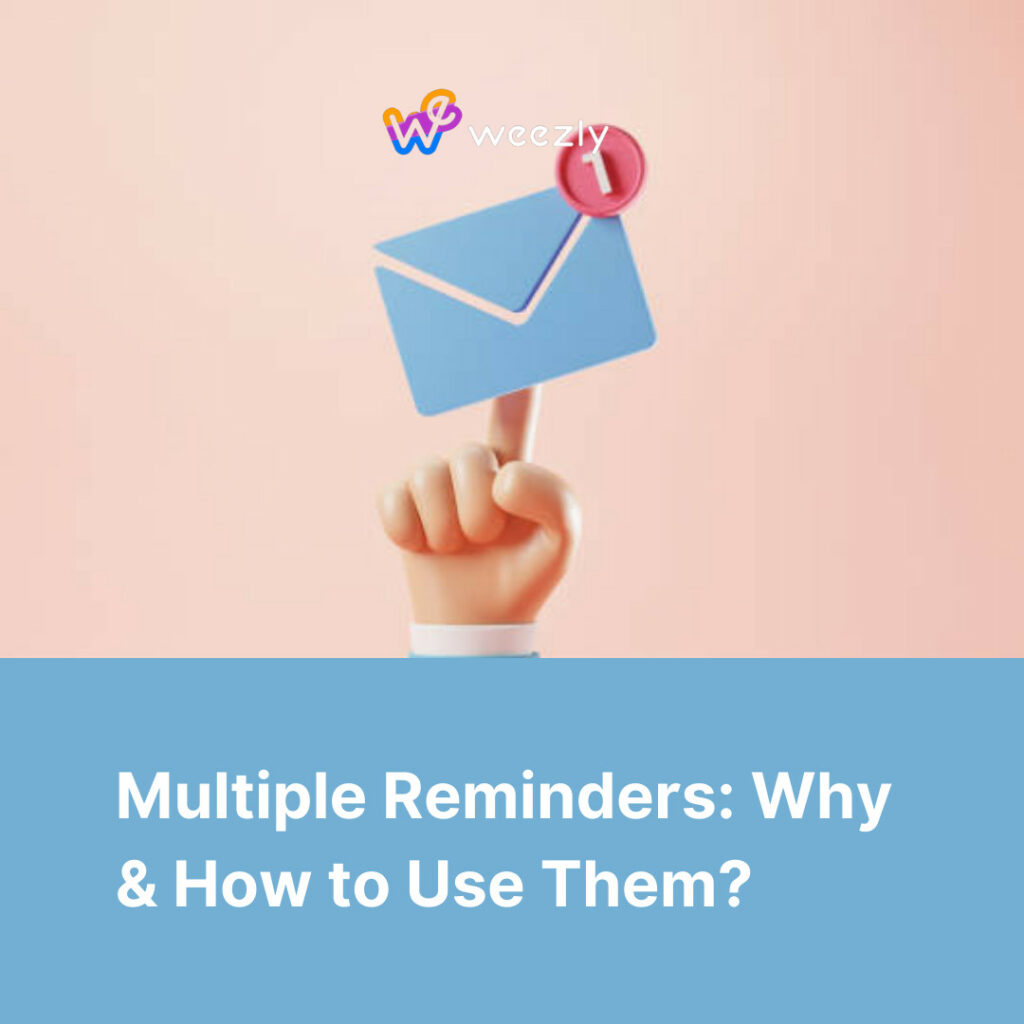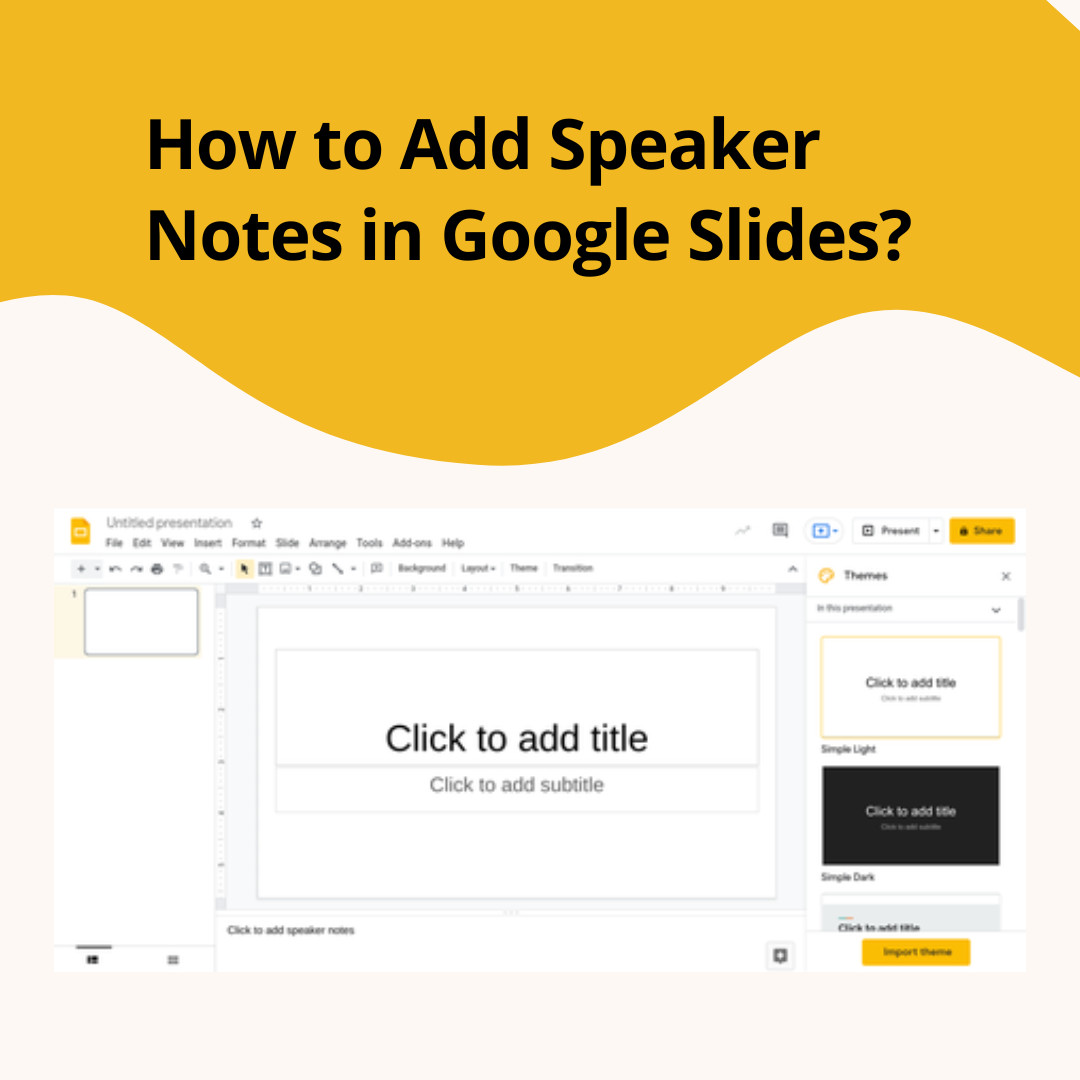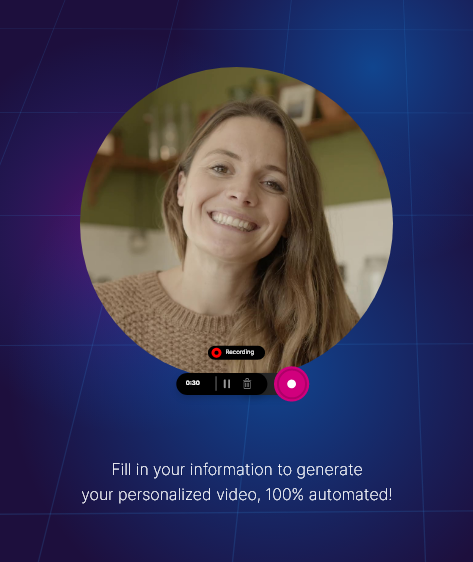In today’s world where everyone seems to be on the go, managing your schedule can become quite chaotic. Be it for personal events or work-related tasks; keeping track of your commitments might seem like an uphill battle more often than not. This is where multiple reminders come into play – a great tool that helps you stay organized and manage your time well.
To harness the power of multiple reminders and optimize our daily workload, many turn to different scheduling tools available in the market. Let’s delve deeper into how these applications provide value and their pros and cons.

The Necessity of Multiple Reminders
In an age where multitasking has become a necessity rather than an option, managing different tasks can become a real challenge. Here’s why:
- Diverse Responsibilities: From work meetings to doctor’s appointments, our schedule is packed with varied commitments.
- Forgetfulness: The human brain can only handle so much. It’s easy to forget something when you’re juggling too many tasks.
- Technology Overload: Notifications and messages from numerous applications can become a source of confusion rather than assistance.
Enter the power of multiple reminders, a tool that can keep us on track and organized.
How Reminders Work?
Reminders are more than just alarm clocks; they are a sophisticated tool you can tailore to individual needs. Here’s how they usually work:
- Set the Reminder: Define the task that you need to be reminded of, such as a meeting or an anniversary.
- Choose the Time: Pick the exact time or even a specific location to trigger the reminder.
- Receive Notification: Get a notification, email, or other alert at the defined time to remind you of the task.
With the advent of digital tools, the process has become even more sophisticated, allowing reminders to be set for various platforms and even integrated with other tools.
Psychological Aspects of Reminders
The Power of Habit Formation
Reminders can help in building habits. Here’s how:
- Consistency: Repeated reminders create a regular pattern that can translate into a habit over time.
- Positive Reinforcement: Linking it with rewarding activities can establish a positive reinforcement loop.
- Monitoring Progress: By tracking adherence to reminders, you can see your progress, making it motivating to continue.
Dr. James Clear, in his book “Atomic Habits”, explains how habits are formed and the role reminders play in this process.
Coping with Forgetfulness
Reminders can also serve as a powerful tool to combat forgetfulness, a natural human tendency. This can be particularly beneficial for elderly individuals or those struggling with memory-related issues. Memory research has shown the positive impact of reminders in assisting with memory recall.

Digital Tools for Managing Reminders
There are numerous digital tools that have been designed to aid in the management of multiple reminders. Let’s look at some popular options:
- Weezly: With multiple reminders option, this tool is designed to offer flexibility and convenience.
- Google Calendar: Known for its ease of use and integration with other Google services.
- Apple Reminders: Offers a seamless experience for Apple device users.
- Microsoft Outlook: A robust tool for professionals, allowing for integration with emails and meetings.
Using Multiple Reminders in Professional Settings
Project Management
Reminders are vital in managing complex projects. Here’s why:
- Deadline Tracking: Reminders ensure that different stages of a project are completed on time.
- Collaboration: Team members can set shared reminders for group tasks or meetings.
- Resource Allocation: Reminders can be used to allocate and track resources efficiently.
Customer Relationship Management (CRM)
In sales and customer service, reminders can play a crucial role:
- Follow-ups: Set reminders for following up with potential clients or leads.
- Customer Service: Reminders for scheduled calls or appointments with customers.
- Marketing Campaigns: Reminding marketing teams of upcoming campaigns or content releases.
CRM platforms like Salesforce incorporate reminders to facilitate these processes.
The Future of Multiple Reminders
- Voice-activated Reminders: Integration with voice assistants like Alexa or Siri.
- Location-based Triggers: Reminders that are activated when you reach a specific location.
- Artificial Intelligence: AI-powered reminders that can predict your needs based on your habits and schedule.
Spotlight on Weezly
Weezly has emerged as a valuable tool in managing reminders, and it offers several features to enhance its capabilities:
- Synchronized Reminders: Sync reminders across different devices to never miss a notification.
- Customized Alerts: Tailor the type of notification you receive, whether it be an email, pop-up, or mobile notification.
- Integration with Other Tools: Connect with applications like email and collaboration tools for a streamlined experience.
- Group Reminders: Useful for team projects, where everyone needs to be reminded of a particular task or deadline.

Final Thoughts
Multiple reminders are more than just a simple tool; they are an integral part of our daily lives. Whether it’s forming new habits, managing complex projects, or enhancing customer relationships, reminders have shown their versatility and significance.
The blend of psychology, technology, and practical application highlights the multifaceted nature of reminders. With tools like Weezly leading the way, the future looks promising.
The art of managing multiple reminders is indeed an art form that reflects the complexity of modern life. It’s a discipline that deserves our attention and respect, as it can lead to a more organized, productive, and fulfilling life.









